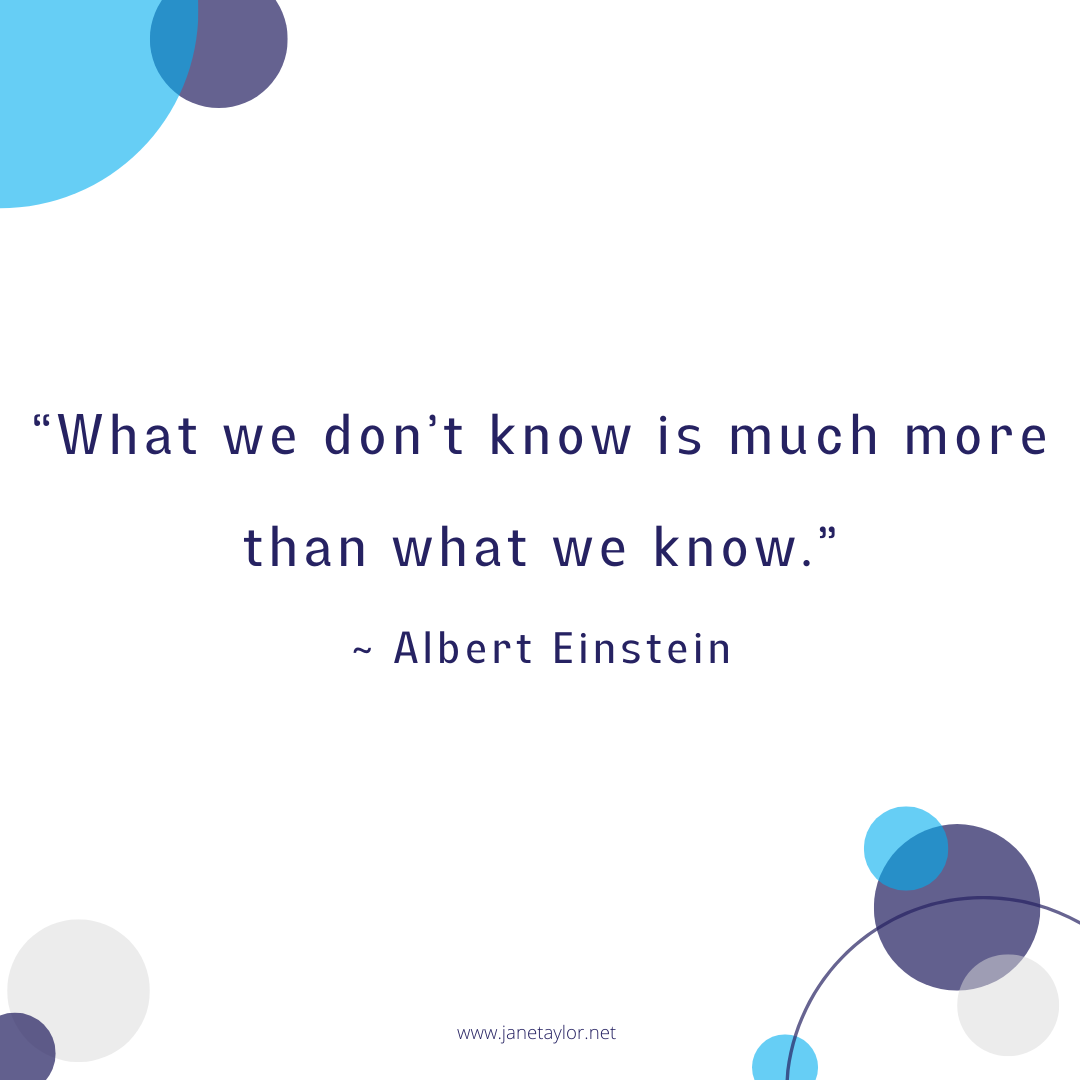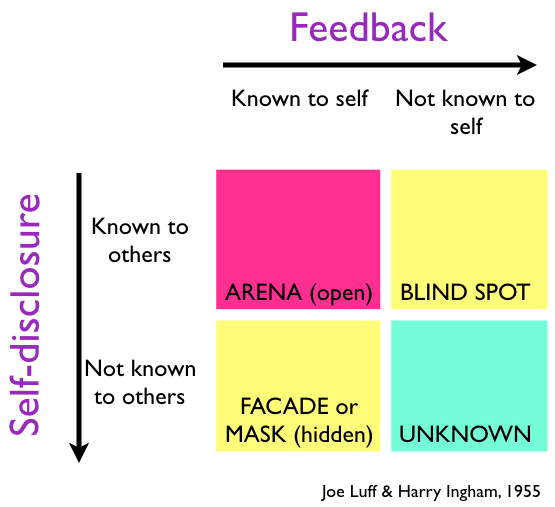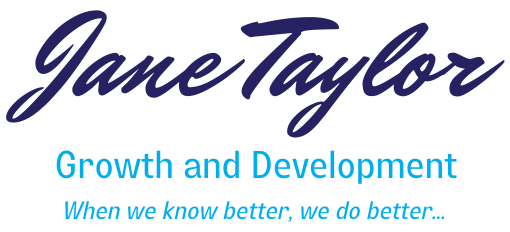We Don’t Know What We Don’t Know

Life can be challenging at times, especially when we realise we don’t know what we don’t know. That is one of the reasons why it is important to find people whom you trust support you and receive feedback from.
Receiving feedback is not always easy, especially if the person giving the feedback isn’t present and/or living a wholehearted life. Subsequently, it may appear to be easier to avoid feedback instead of receiving it. However, is this the best way to learn, grow and live our highest potential?
A little while back when I was studying, I came across the Johari Window, which is the work of two American Psychologists – Joseph Luft and Harry Ingham. The Johari Window is a tool that can be used for understanding ourselves and others better.
The Johari Window
The Johari Window is the work of two American Psychologists – Joseph Luft and Harry Ingham. It is a tool that can be used for understanding ourselves and others better. As you can see by the following diagram the Johari Window has four ‘panes’ and is based on the principle that all things about ourselves exist to be known.

The four ‘panes’ of the Johari Window are –
1. The Arena –
The Arena – where information is known to ourself and also known to others. There is shared knowledge on the basis of our relationship with other people. The arena increases in size as the level of individual-individual, individual-group, trust and communication increases.
2. The Facade or Mask –
The Facade or Mask – where information is known to self, but not known to others. This information can include feelings, opinions, prejudices and past history. There are many reasons why people choose to keep a mask on – including fear of rejection, unworthiness etc. If this pane is big in our lives, it is said we can struggle to have truly open and meaningful relationships.
3. The Blind Spot –
The Blind Spot – where information is known to others, however we do not know about ourselves. This information can be in the form of body language, habits, mannerisms, tone of voice etc. Our blind spots are the things that we are not aware of when we are communicating to other people. This can be challenging for individuals as it involves exposing weaknesses and imperfections (i.e. vulnerabilities). The ‘blind spot’ can also be exploited by other people.
4. The Unknown –
The Unknown (subconscious or unconscious) – where information is not known to ourself or other people. Some of this material may be so far below the surface that we may not be aware of it. Other information may be below the surface of awareness to both ourselves and others, however can be made public in a conversation or feedback. This information may include unrealised potential, past memories etc.
The boundaries of each of the panes of the Johari Window are flexible – they can enlarge or reduce depending on the amount of self awareness and feedback one gives or receives.
What is the Ideal Window?
Personally, I think it depends on the relationship and how safe and accepted we feel. In a significant relationship where trust and boundaries are in place, a window with a large Arena, and small Blind Spot, Mask or Unknown would be common.
A person with a large Arena would be relatively easy for other people to interact with and understand, which is turn would make for a more authentic and honest relationship. However if the trust and authenticity is not there, it would be common to have an Arena which is smaller.
Over to You…
I hope this has given you a little insight in to the Johari Window. What if next time you have a disagreement with someone, could it be reframed as a favour? For example – bringing up something for you to see from your Blind Spot or the Unknown? Remember – we don’t know what we don’t know.
If you are ready to reclaim your courage and take the next step towards freedom and opening your heart, why not join our Toolkit?
